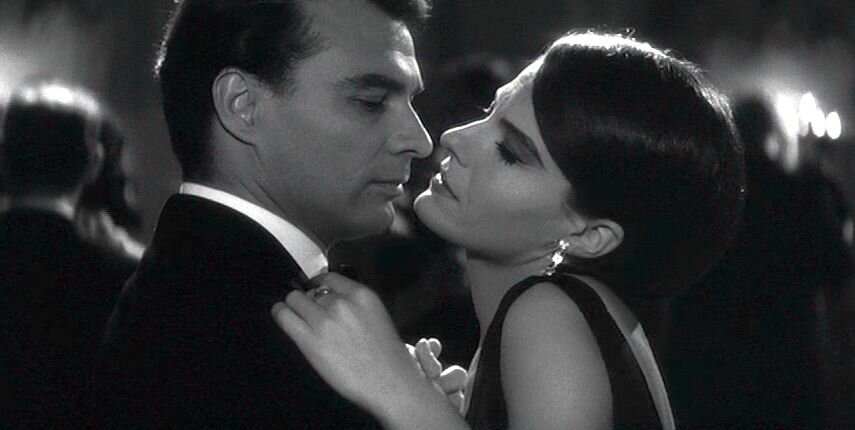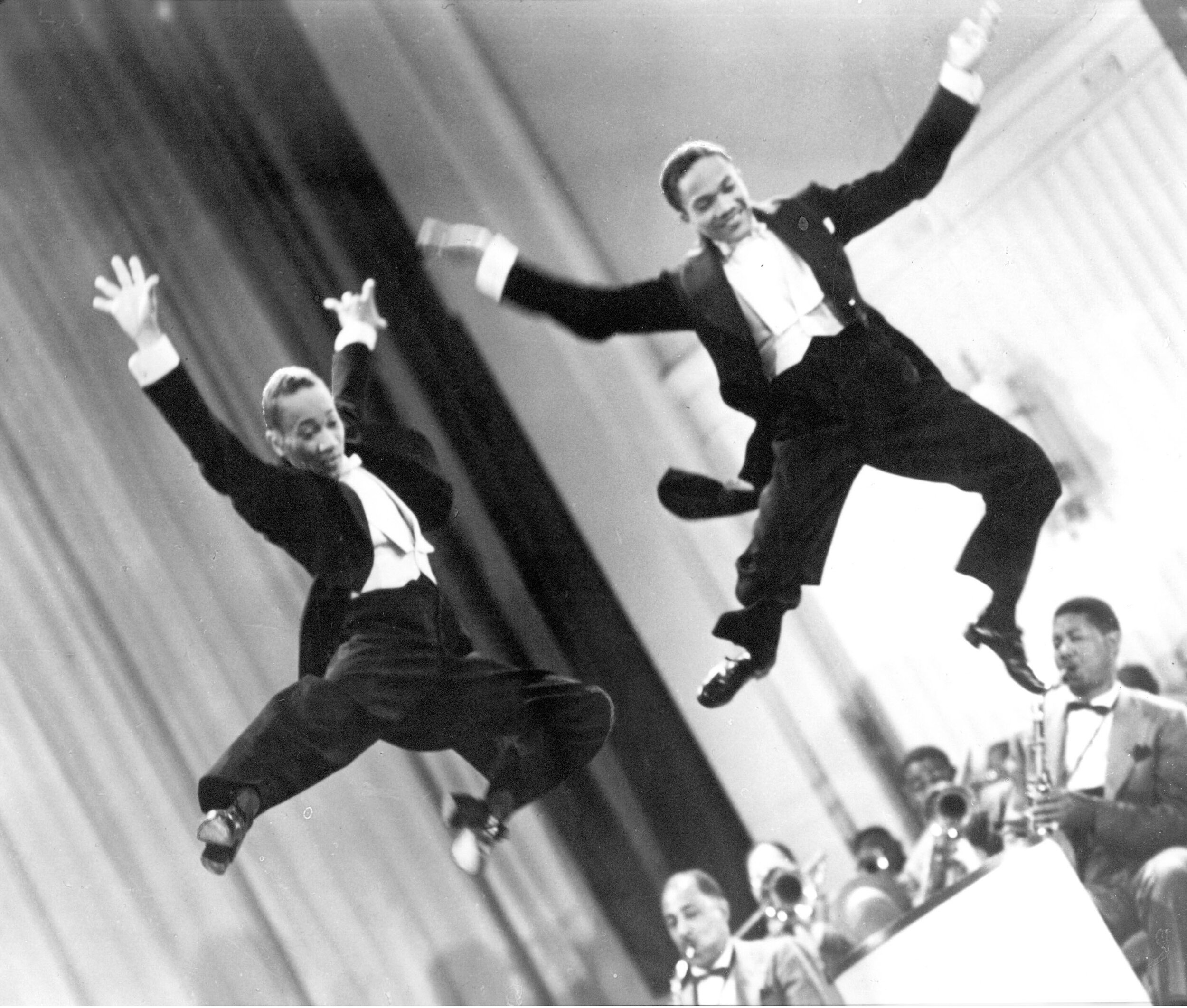It Only Takes a Minute To Lose a Pitch: A Tough Time for Optimists
Rembrandt Harmenszoon van Rijn ‘The Sampling Officials’
'We can complain because rose bushes have thorns, or rejoice because thorns have roses.’
Alphonse Karr, ‘A Tour Round My Garden’
I consider myself an optimist.
I was certainly optimistic about our pitch for the prestige pen brand. We had assigned a top team and worked really hard over the previous six weeks. We had a pedigree in the sector, and, what’s more, we had arrived at a compelling proposal.
Luxury goods the world over had been de-coupled from the expertise and craft that originally justified their premium. They had been reduced to names and logos, gold and glitter, soulless fixtures in airport retail. If appointed, we would re-harness our pen brand to the skill and artistry of its design and manufacture, and embed it in a community of like-minded craftspeople and makers. We would re-position it within the emergent world of artisanal care.
We presented in an airless room in an anodyne airport hotel. There were neatly arranged water glasses, nondescript mints, blank notepads and a dispiriting flip chart. Arrayed before us was a panel of suited executives from the key sales regions around the world. Our audience looked on - stern, impassive, pokerfaced. One talked quietly into his mobile phone every now and again. Another popped out for something important.
Undeterred, we gesticulated and enthused. We were animated and energetic. We radiated positivity. I nodded my head a lot.
We had been told to pay particular attention to the Chinese representative, as he carried a lot of commercial clout. But he wasn’t giving anything away.
A trolley of mayonnaise-soaked sandwiches was brought in.
Our Creative Director took to the floor with a flourish, and presented our idea across a range of platforms, tasks and territories. The work was elegant, thoughtful and intimate. It completely eschewed the tired category conventions of bling, gloss and glamour.
I summarised our pitch and invited questions.
There was a stony silence.
At length the Chinese representative put his hand up, gestured towards our creative work and, with measured enunciation, asked:
‘Where is the luxury in this?’
I mumbled something about new prestige codes, opinion leadership and the artisanal aesthetic. But, of course, I knew immediately that with those six words we were defeated.
It only takes a minute to lose a pitch.
Ours is a curious business. All that industry and innovation, argument and anxiety; all that energy and enthusiasm, those late nights and early mornings - they can just go up in a puff of a smoke.
What a waste.
'Optimism is the madness of insisting that all is well when we are miserable.’
Voltaire
We are, of course, sustained by our optimistic outlook, our relentless positivity. Upwards and onwards. Let’s learn the lessons. Let’s get up and do it again.
But relentless positivity can be exhausting. And through the pandemic I’ve been struck by the fact that optimism can sometimes be a curse. I’ve personally been steadfastly optimistic: expecting waves to recede, targets to be met, data to improve. And I’ve been consistently wrong all year.
It takes its toll.
The Stockdale Paradox was popularized by Jim Collins in his book ‘Good to Great.’
James Stockdale was a US naval officer who, while flying on a mission in the Vietnam War, was shot down and taken captive. He was held in the Hỏa Lò Prison (the infamous ‘Hanoi Hilton’) for the next seven-and-a-half years, and was routinely tortured and denied medical attention.
When afterwards he reflected on his traumatic experiences, he concluded that the people less likely to survive were the optimists. They pinned their hopes on getting out by Easter, and then Thanksgiving, and then Christmas. And each time they were disappointed.
‘They died of a broken heart.’
The Stockdale Paradox suggests that, to get through an ordeal, we must confront the reality of our situation, however grave it may be; that we must find an appropriate balance between realism and optimism.
‘You must never confuse faith that you will prevail in the end - which you can never afford to lose - with the discipline to confront the most brutal facts of your current reality, whatever they might be.’
Admiral James Stockdale
We should have known from the first chemistry meeting for that prestige pen brand - from the bureaucratic process and fragmented hierarchy; from the sales-driven culture and conservative communication to-date - that this was not a pitch for us.
But hope can make you blind.
‘Pessimism is the one defence I have against optimism.’
Arthur Miller
Of course, we should continue to regard the inherent optimism of creative professionals as an asset. Optimism catalyses camaraderie and inspires innovation; it prompts industry, ambition, and often success. But we should also nurture Resilient Realists: people with the objectivity properly to assess a situation; and the fortitude to endure disappointment.
As the old saying goes,‘we should hope for the best and prepare for the worst.’
'Son, don't put your hat
Where you can't reach it.
It doesn't make no sense.
Good things come
For those who work hard for it.
Adjust yourself
To the life you can afford to live.
The road to the top
Is long and winding.
A foolish dog
Barks at the flyin’ bird.
Patient man
Ride donkey.
Cool Out Son.
Cool Out Son.
Junior Murvin, 'Cool Out Son' (J Gibson)
No. 320





























